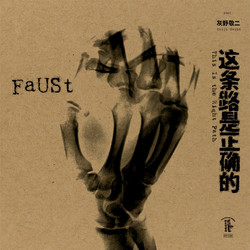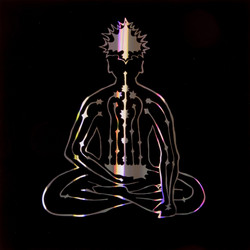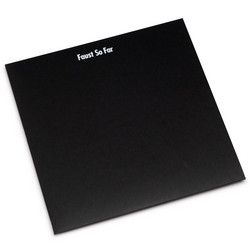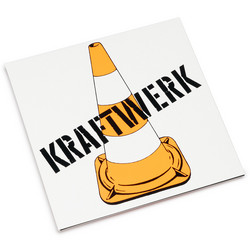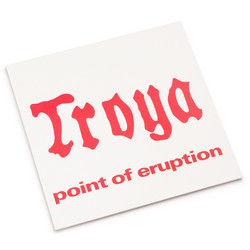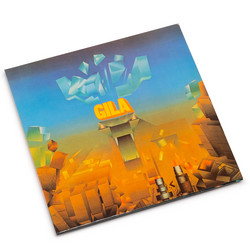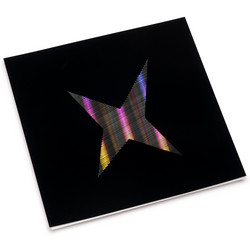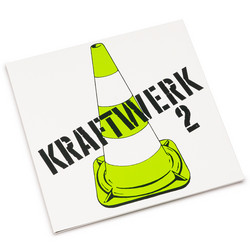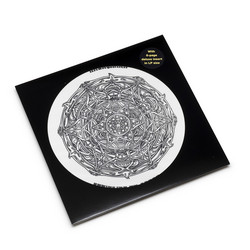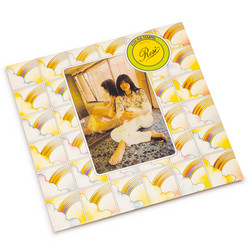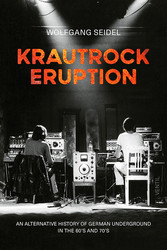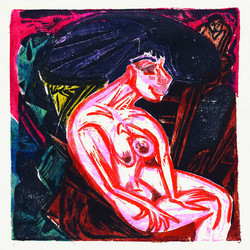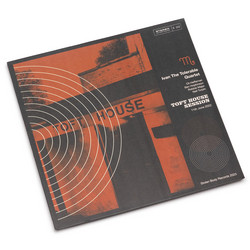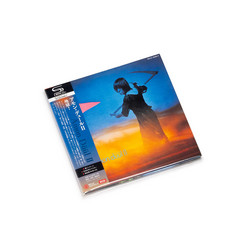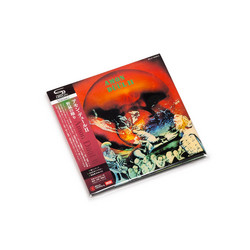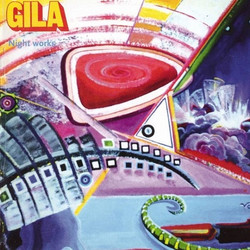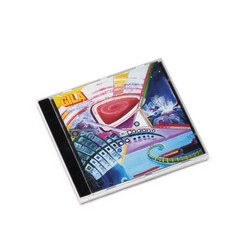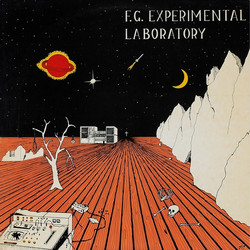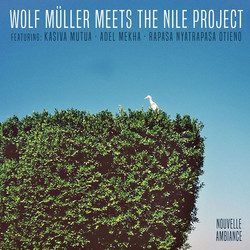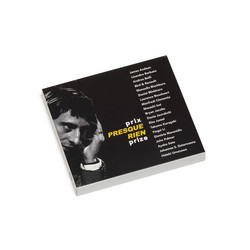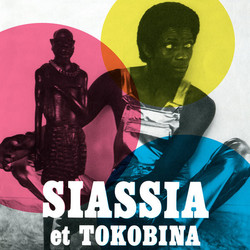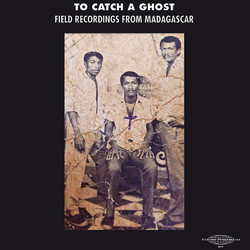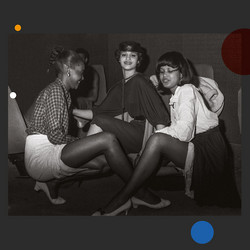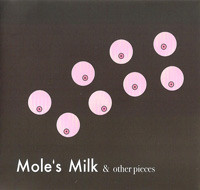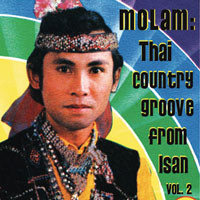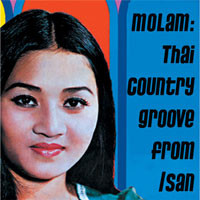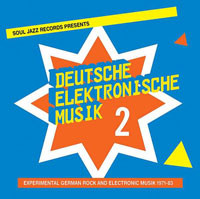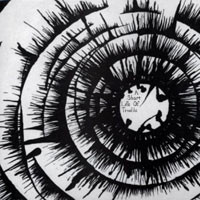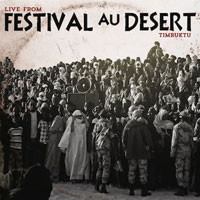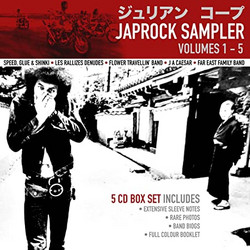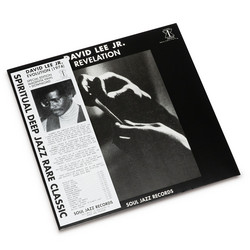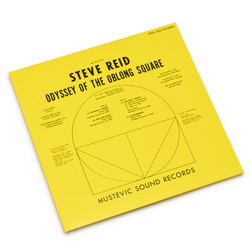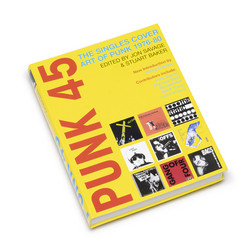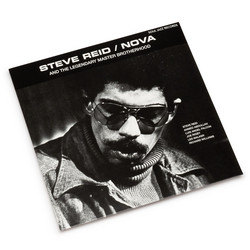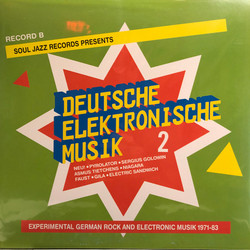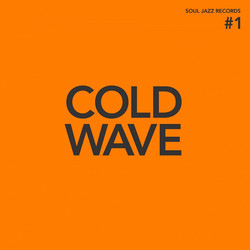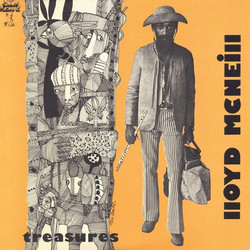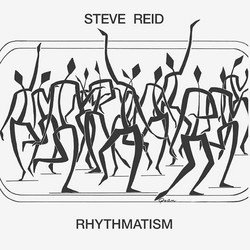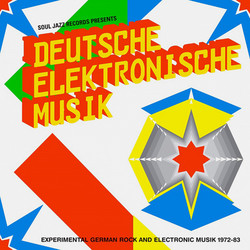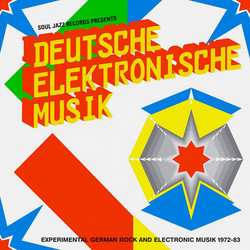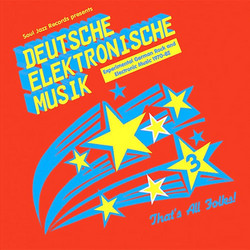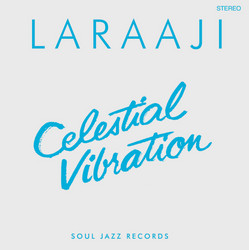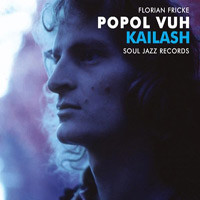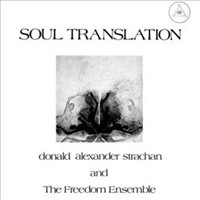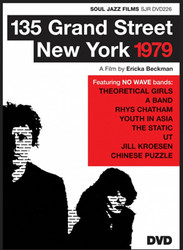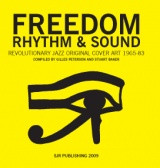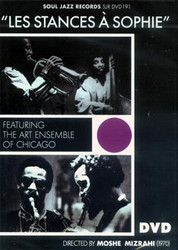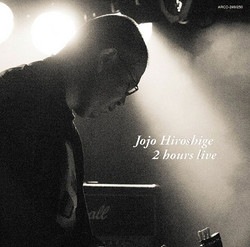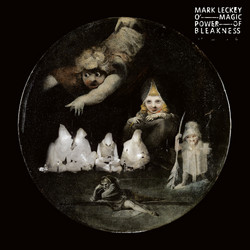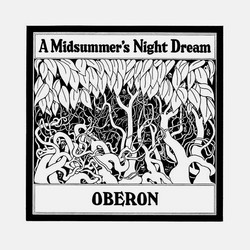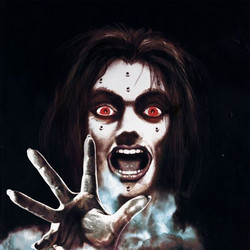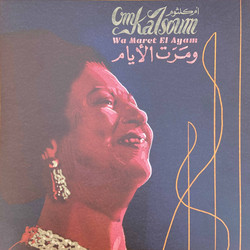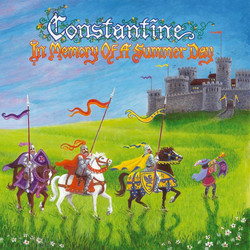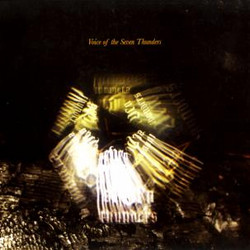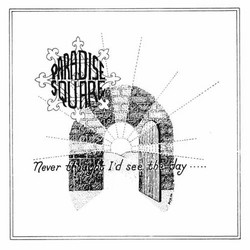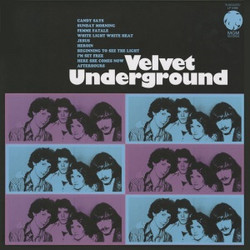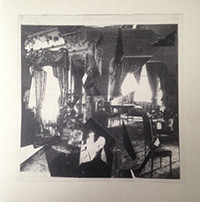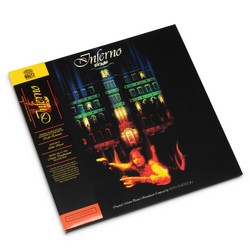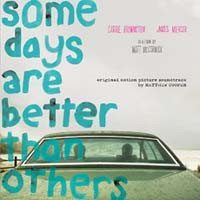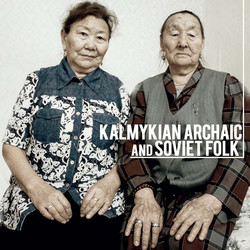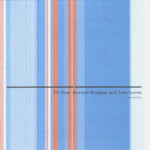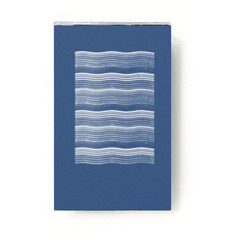VA
Deutsche Elektronische Musik 2: Experimental German Rock And Ele
Deluxe full color gatefold 2LP version, volume 1 of 2. Artists: A.R. & Machines, Can Roedelius, Michael Rother, Popol Vuh, Michael Hoenig, Agitation Free, D.A.F. Harald Grosskopf, Amon Duul II, Conrad Schnitzler & Wolf Sequenza, Broselmaschine, Eno/Moebius/Roedelius, Gila and Wolfgang Riechmann.
The first seeds of German rock and experimental electronic music were planted in 1968, as students and workers in Paris, Prague, Mexico and throughout the world demonstrated against mainstream society, the war in Vietnam, imperialism and bourgeois values. The birth of a counter-culture, drug experimentation and social change expanded musical worlds. Germany experienced its own cultural revolution fuelled by these worldwide student and worker revolts and by a generation’s desire to rid itself of the guilt of war.
Many German youth turning their back on mainstream society. From the opening of the first collective/cooperative in 1967, Commune 1, in Berlin, to the formation of the Baader-Meinhof terrorist group and the bombings, kidnappings and killings of the Revolutionary Armed Forces (RAF), young Germans sought out new values and a lifestyle outside of ‘the system’. These cooperative and communal experiences led to a number of new radical German bands including Amon Duul, Faust and Can.
Many artists and musicians believed a complete rejection of everything musically that had gone before was also necessary in order to build a new identity for German culture. At this time German music meant ‘schlager’ music – insipid pop music that hardly confronted the country’s recent historical events.
The first recordings of groups such as Kluster (later Cluster) were extreme experiments with sound; un-music, anti-melody and anti-rhythm - attempts to destroy any musical links with the past. Holger Czukay and Irmin Scmidt of Can studied music under the radical avant-garde composer Karheinz Stockhausen and Conrad Schnitzler studied art under the conceptual artist Joseph Beuys. German rock groups were as interested in musique concrète and serial compostion as they were in the psychedelia of Pink Floyd or the rock, soul and jazz music played by resident American forces.
From this beginning German rock music began an evolutionary journey of experimentation. Electronic music became a pathway to notions of space and the cosmos. Conversely, the emergence of communal living led to a number of musicians setting up live/work spaces in rural areas and developing a ‘pastoral’ outlook, with musical ideas engaged closely with nature.
And despite an aversion to the politics of American society, German rock bands were nevertheless fascinated by the emerging stateside counter-culture of psychedelic music and drug experimentation. A band such as Ash Ra Tempel even recording an album with drug guru/theoretician Timothy Leary (‘Seven Up’, 1973).German electronic music, kosmische music, cosmic rock, space music. The objectives were to create new music, ‘free’ from the past. A music that gave seed out of the cultural ‘nothingness’ that young Germans felt as a consequence of Germany’s role in the Second World War. A generation who grew up stifled by the recent history of Nazi atrocities, the guilt of their parents’ generation and their disillusionment at the reintegration of old Nazis into mainstream society.
And whilst some of the bands featured here slipped by the wayside over the years, others such as Faust, Cluster, Can, Tangerine Dream are now well into their fourth decade having firmly established that which they set out to achieve – a new German music.
